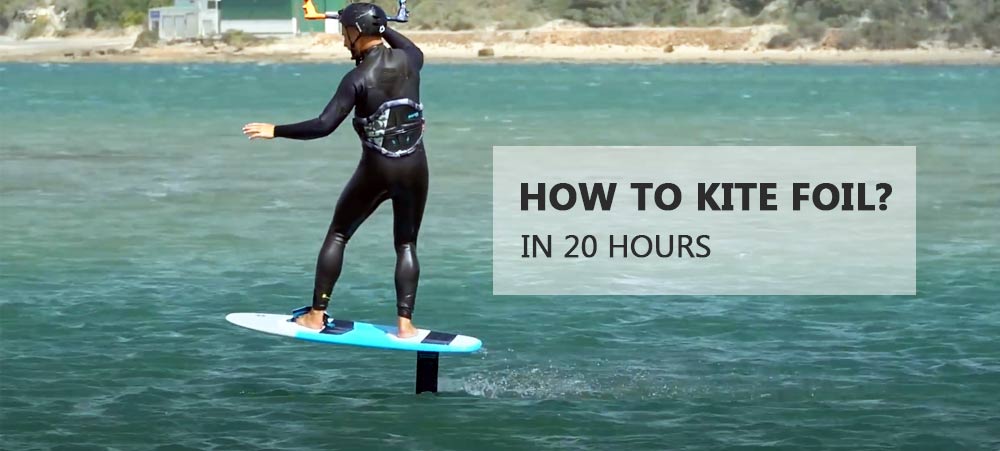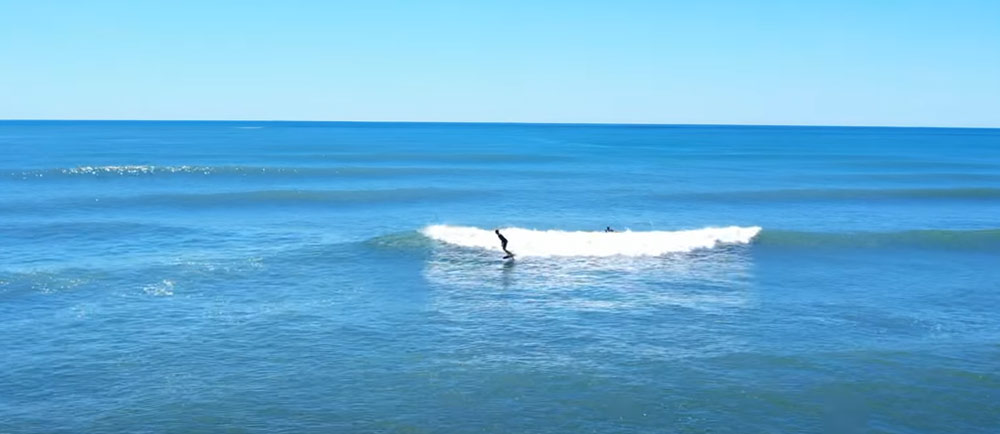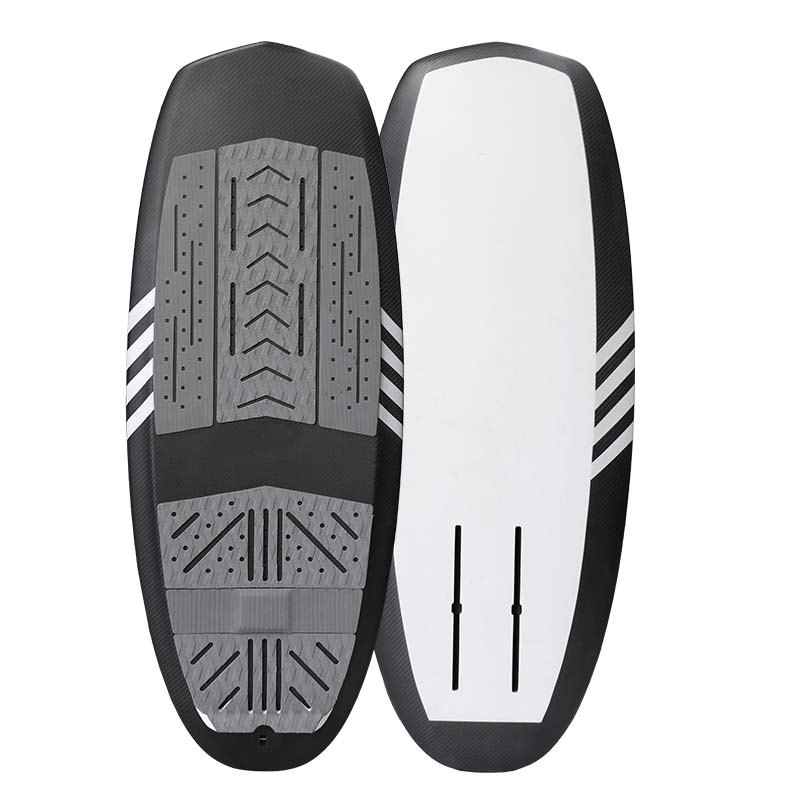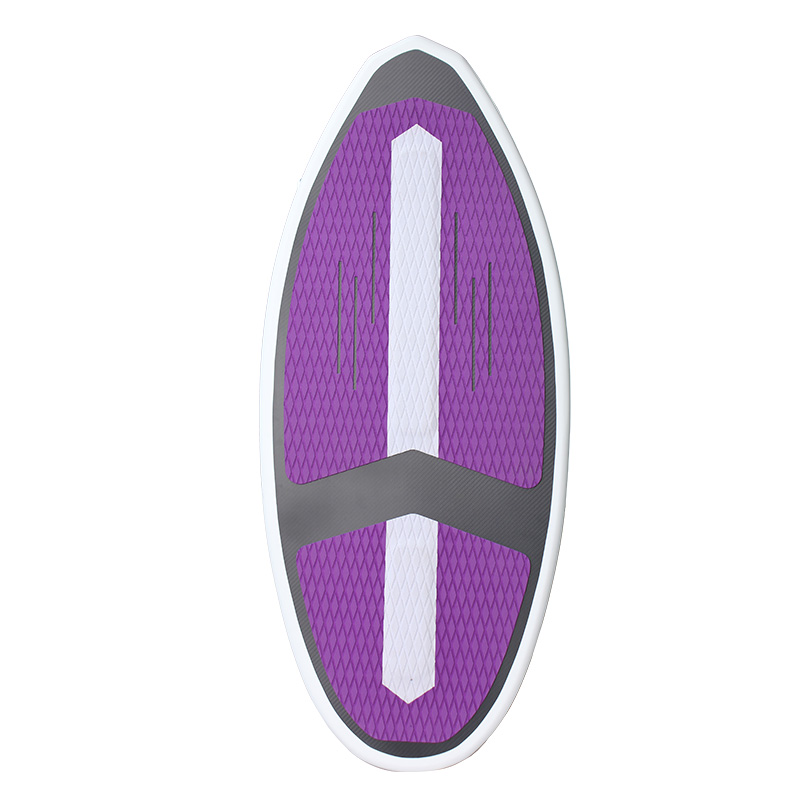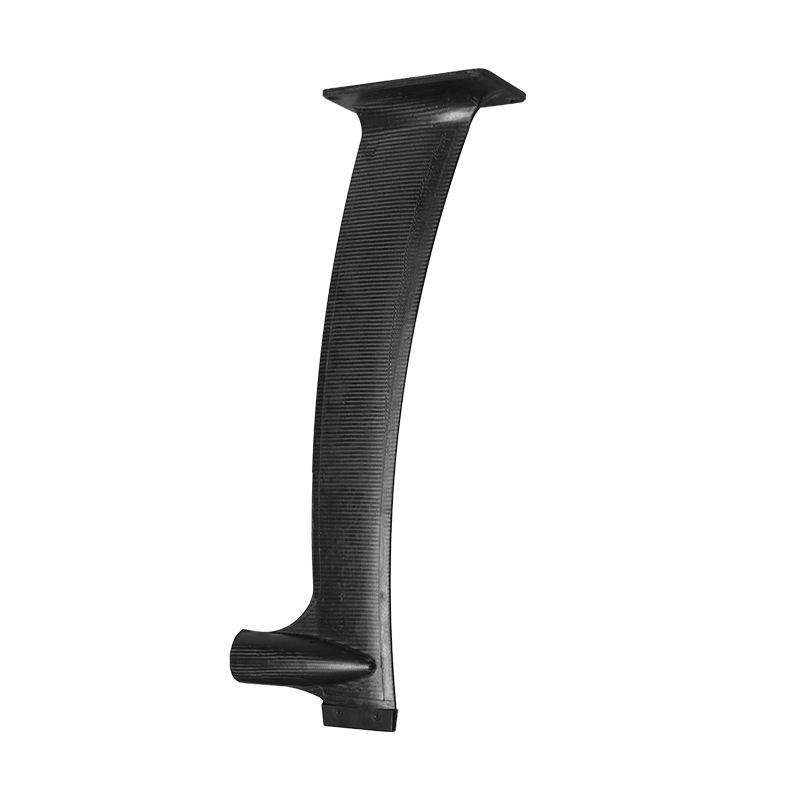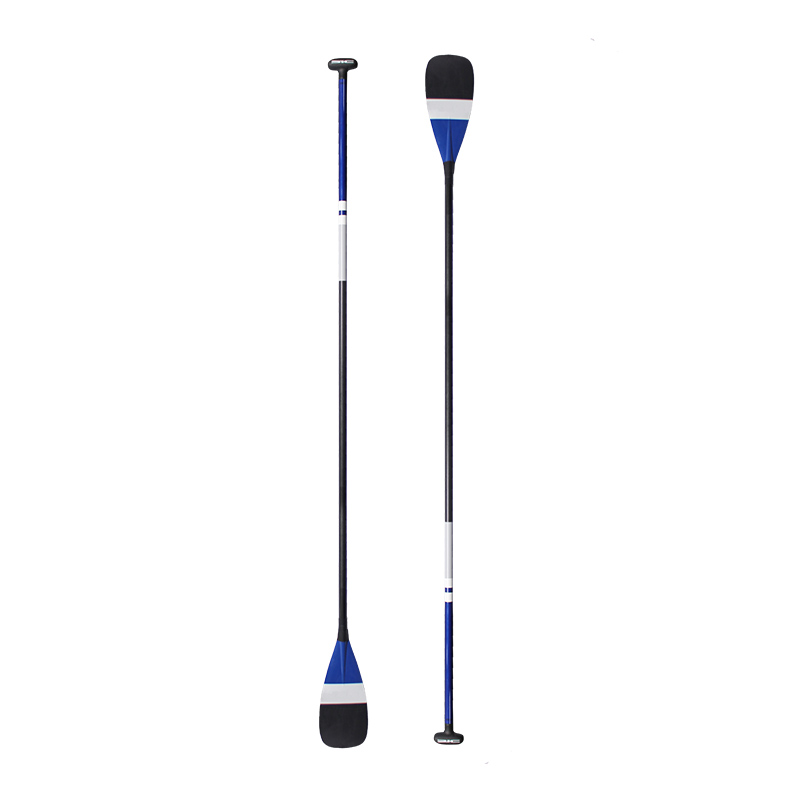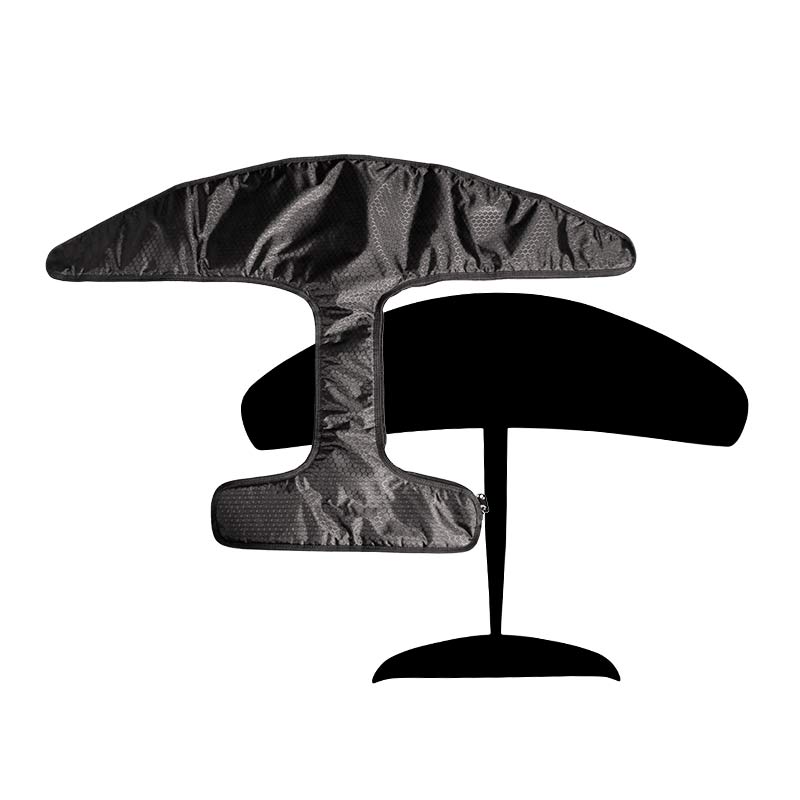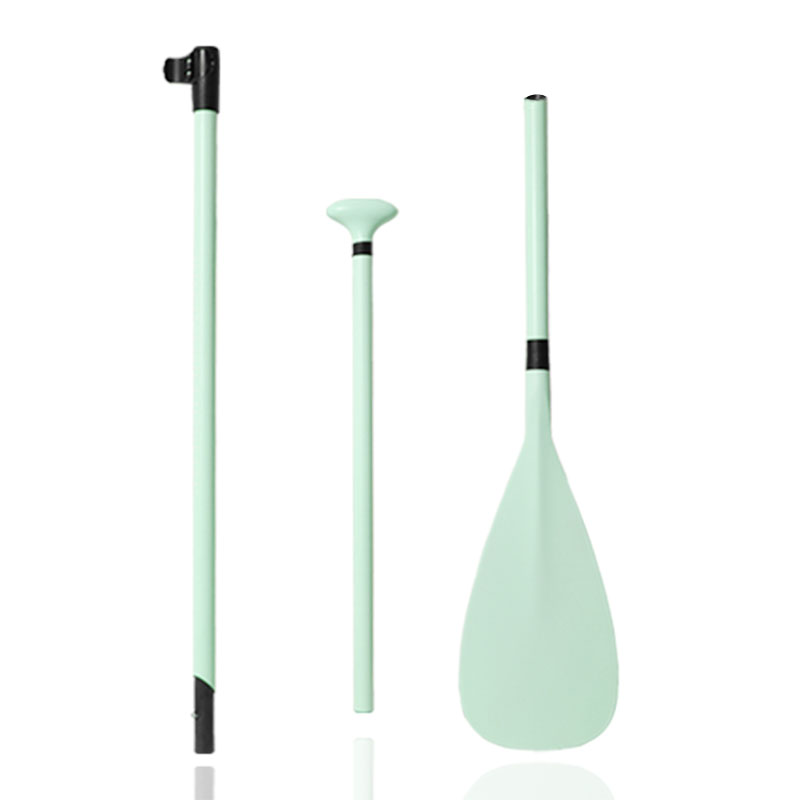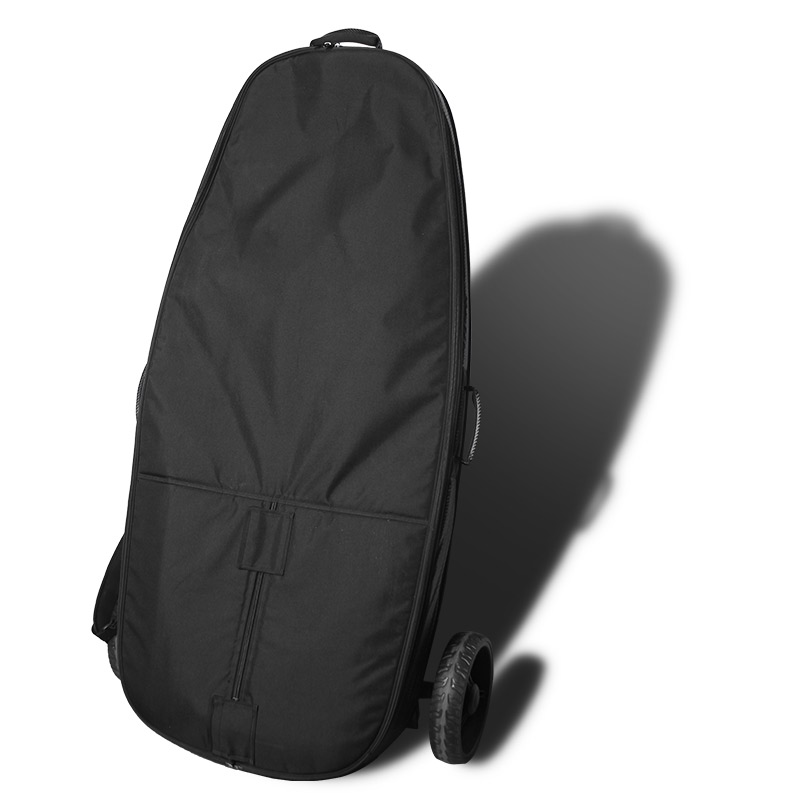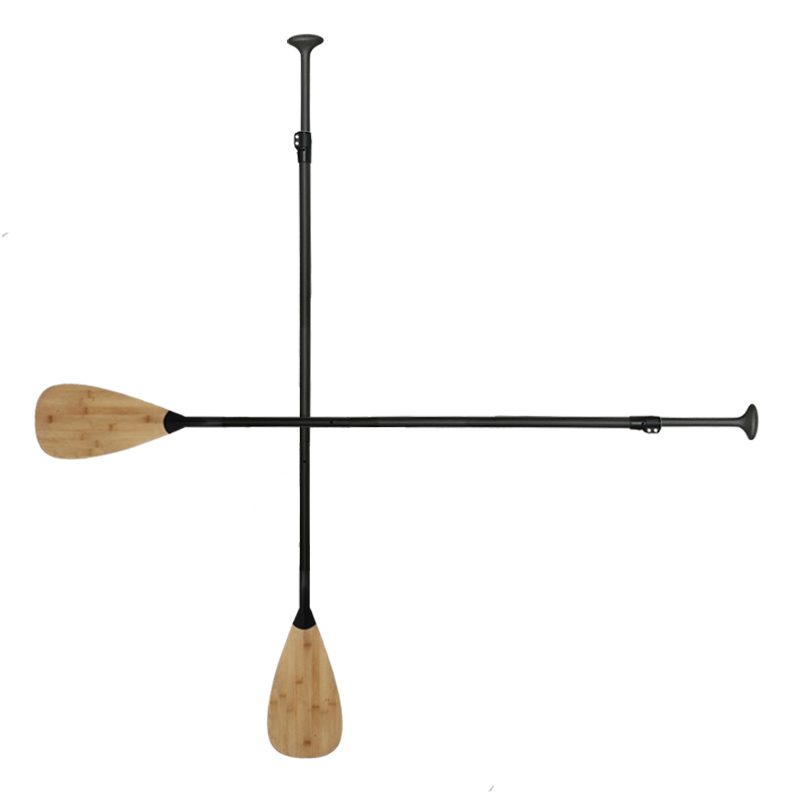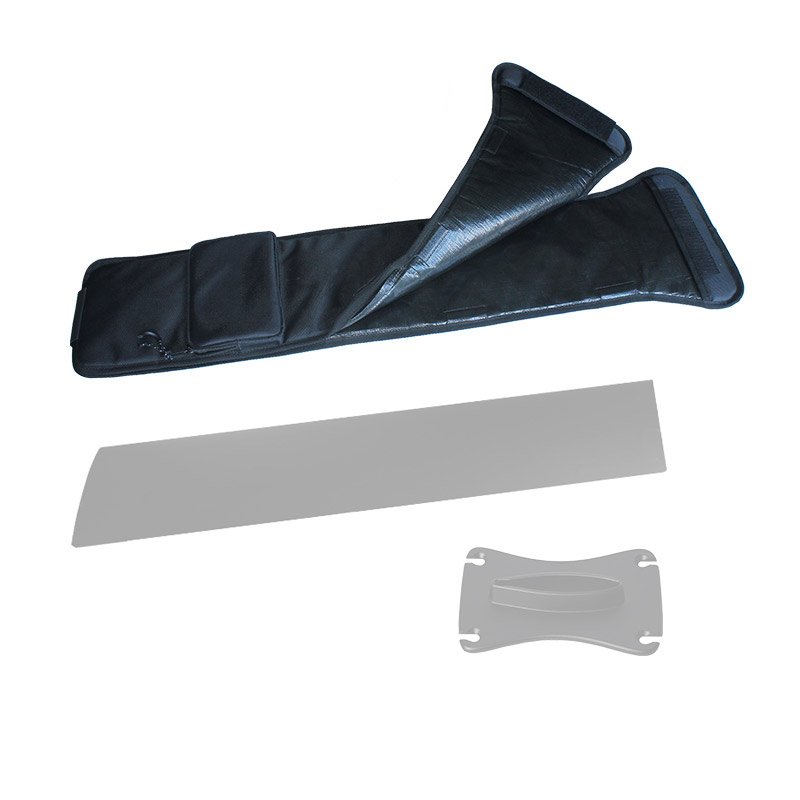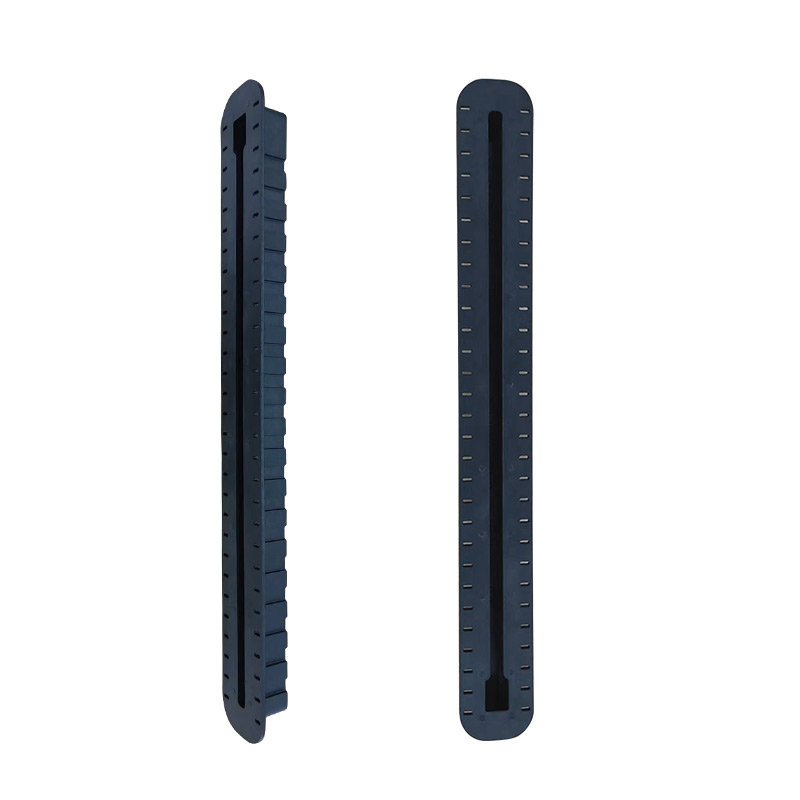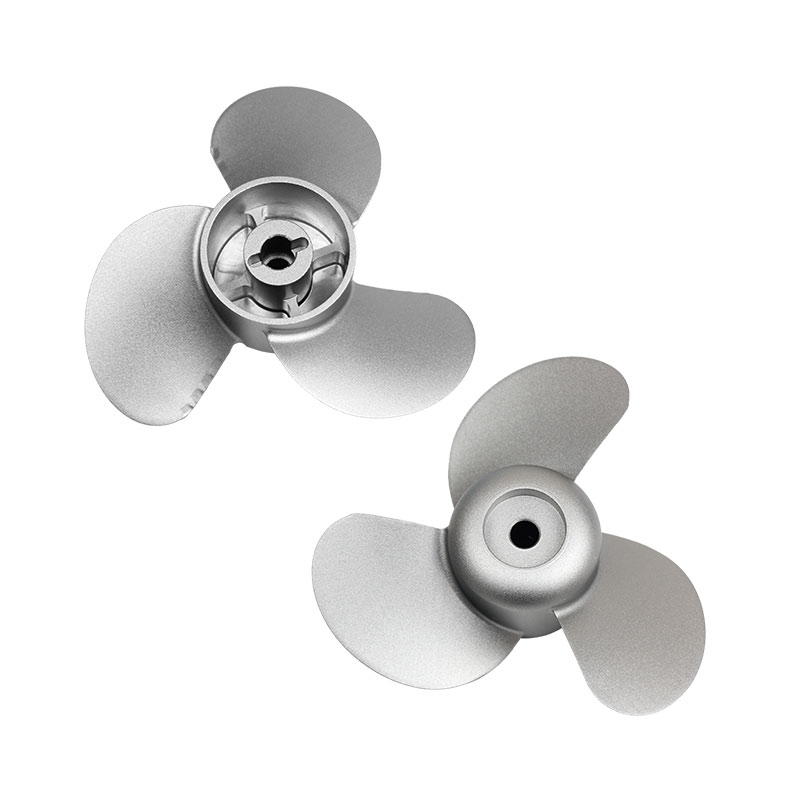Hello, today we will tell you something about Kayak Yoga. In this article we will tell what it is, the difference with SUP board yoga, how to start, and so on. I hope it will be helpful for you to start this graceful and peaceful water sport. If you are interested in custom a kayak paddle, please click the link to see.
What is Kayak Yoga?
Kayak yoga, also known as “kayoga” or “floating yoga,” combines the peacefulness of yoga with the tranquility of being on the water in a kayak. It’s a unique practice that typically takes place on calm waters like lakes, ponds, or even slow-moving rivers.
Practicing yoga on a kayak adds an extra element of balance and stability challenges. It requires practitioners to adapt traditional yoga poses to the movement and limited space of a kayak. Poses may need to be modified for stability and safety, making it a great way to improve balance, focus, and core strength.
The gentle movement of the water adds a soothing and calming aspect to the practice, enhancing the overall mindfulness experience. It encourages practitioners to be more present and aware of their surroundings while connecting with nature.
Safety is paramount in kayak yoga. Participants often wear life jackets and practice in shallow or calm waters under the guidance of experienced instructors who are trained in both yoga and kayaking. This fusion of two disciplines creates a unique and peaceful way to enjoy yoga while immersing oneself in nature’s beauty.

The Difference with Stand Up Paddle Board Yoga
SUP yoga is similar to kayak yoga in that it combines yoga with being on the water, but the primary difference lies in the equipment used. Instead of a kayak, practitioners use a paddleboard, which is larger and more stable than a kayak but still provides an unstable surface due to being on water.
But there are also some differences as follows:
Firstly, the equipment differs: In SUP yoga, participants use a paddleboard, which is larger and more stable than a kayak. The board provides a wider and flatter surface, offering more space for yoga poses and allowing practitioners to stand, kneel, or sit comfortably during their practice. This stability can make certain poses more accessible compared to a kayak, where space and stability might be more limited.
Secondly, the paddleboard introduces an additional element of balance. Unlike a kayak, which has a seated or low-profile position, SUP yoga requires participants to stand or perform poses while balancing on the paddleboard. This adds a heightened challenge to the practice, as the board is influenced by the movement of the water, requiring greater focus, core strength, and stability to maintain poses.
Additionally, the experience of being on a paddleboard is different from a kayak. Paddleboards offer a wider field of view, allowing practitioners to feel more connected to their surroundings and the water beneath them. The feeling of floating on the surface can enhance the sense of tranquility and mindfulness during the practice.
Like kayak yoga, safety is essential in SUP yoga. Participants typically wear a leash attached to the board and a life jacket for added security, especially in open or deeper waters.
Both kayak yoga and SUP yoga offer unique experiences that blend yoga with the serenity of being on the water, but the choice between the two often comes down to personal preference in terms of stability, space, and the type of connection one seeks with the water during their yoga practice.
For more SUP yoga description>>.
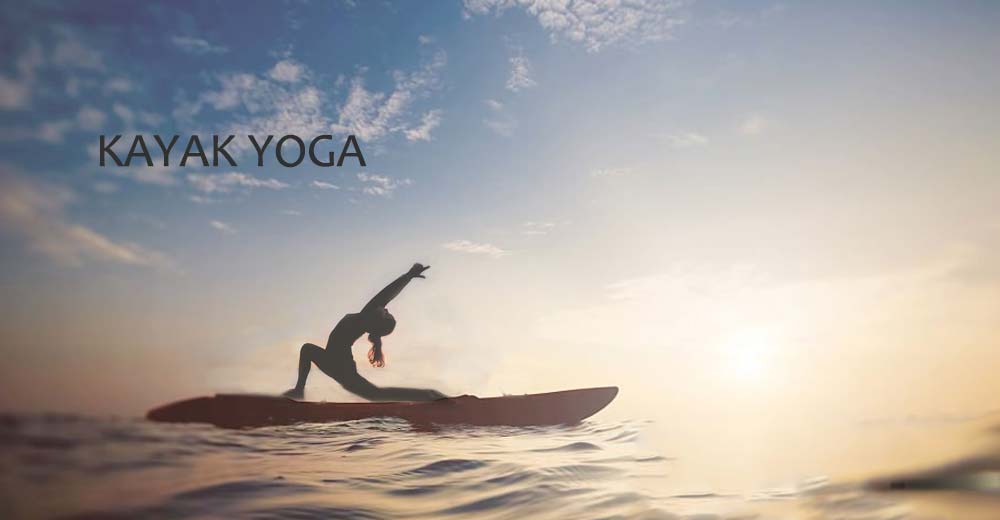
How to Start A Kayak Yoga Sport?
1. Obtain Proper Training and Certification:
- Yoga Instructor Certification: Obtain a yoga teaching certification, preferably with additional training or certification in water-based yoga or paddle sports.
- Kayak Skills and Safety Training: Gain proficiency in kayaking techniques, safety protocols, rescue procedures, and navigation skills in various water conditions.
2. Acquire Equipment:
- Kayaks: Invest in stable and suitable kayaks designed for yoga practice, which typically have a wider hull and offer better stability.
- Safety Gear: Ensure each participant has appropriate safety gear, including personal flotation devices (PFDs), whistles, and first aid kits.
- Yoga Equipment: Gather yoga mats or specialized floating mats designed for water-based yoga.
3. Choose the Location:
- Select calm and safe bodies of water such as lakes, ponds, or slow-moving rivers with minimal boat traffic and suitable conditions for yoga practice.
- Obtain necessary permits or permissions if practicing in public or protected water areas.
4. Develop Class Structure and Curriculum:
- Design yoga sequences that are adaptable to the movement of the kayak and incorporate balance, stability, and mindfulness.
- Consider modifications for different skill levels and adapt poses to suit the environment.
5. Safety and Risk Management:
- Implement thorough safety protocols and guidelines for participants, focusing on water safety, emergency procedures, and proper use of equipment.
- Conduct regular safety checks on kayaks and equipment to ensure they’re in good condition.
6. Marketing and Promotion:
- Create a marketing strategy to attract participants, including advertising through social media, local community boards, and partnering with yoga studios or outdoor recreation centers.
- Offer trial sessions or promotional events to introduce people to kayak yoga.
7. Insurance and Legal Considerations:
- Obtain liability insurance to protect against potential accidents or injuries during classes.
- Consult with legal professionals to ensure compliance with local regulations and liability protection.
8. Instructor Development and Continuous Learning:
- Attend workshops, seminars, or further training to enhance skills in both yoga instruction and kayaking techniques.
- Keep up with the latest safety guidelines and industry best practices.
9. Build Community and Feedback Loops:
- Foster a sense of community among participants by organizing regular meetups, workshops, or retreats.
- Encourage feedback from participants to continuously improve the experience.
10. Evaluate and Adapt:
- Regularly assess the effectiveness of your classes, safety measures, and overall participant satisfaction. Adapt and make necessary changes to improve the experience.
Launching a kayak yoga sport involves careful planning, emphasis on safety, and a commitment to providing a unique and enriching experience for participants seeking a harmonious blend of yoga and nature on the water.

Conclusion
In exploring the serene waters of Kayak Yoga, this article delves into the essence of this practice—melding the tranquility of yoga with the gentle embrace of the water. Understanding its core, it draws comparisons with Stand Up Paddle Board Yoga (SUP), highlighting the nuanced differences in equipment, balance, and overall experience.
Beyond comprehension lies the roadmap to commence this graceful sport. It’s not just about procuring the right gear or finding the perfect location; it’s a comprehensive journey that begins with education, safety protocols, and developing a curriculum that harmonizes yoga’s essence with the fluidity of kayaking.
Safety isn’t an afterthought but a foundational pillar, woven into every aspect—from the choice of equipment to meticulous risk management. The article doesn’t stop there; it extends into the realms of marketing strategies, legal considerations, and community building—a holistic guide toward manifesting this union of yoga and nature on the water.
In essence, this piece serves as a compass, guiding aspirants through every intricate step of initiating Kayak Yoga. It’s not merely about starting a sport; it’s about crafting an experience—one that’s graceful, peaceful, and deeply resonant with the elements. May this guide be a vessel for embarking on a journey where the soul finds solace amidst the tranquil waters.

